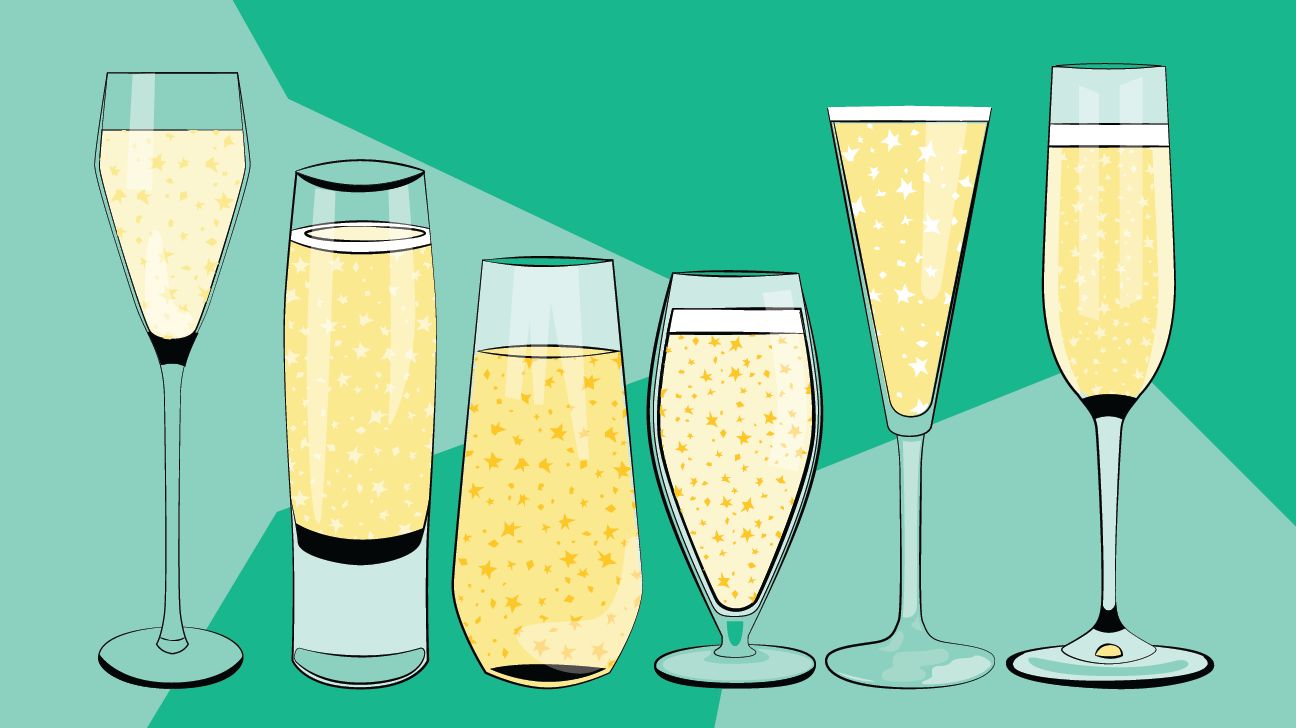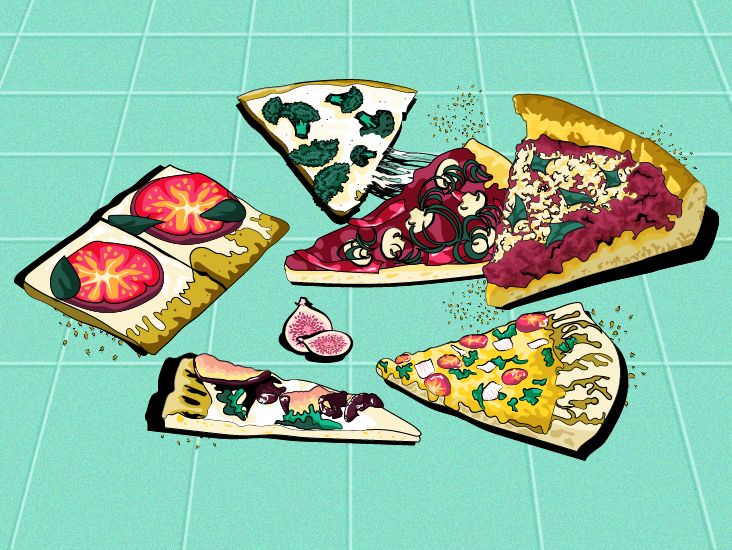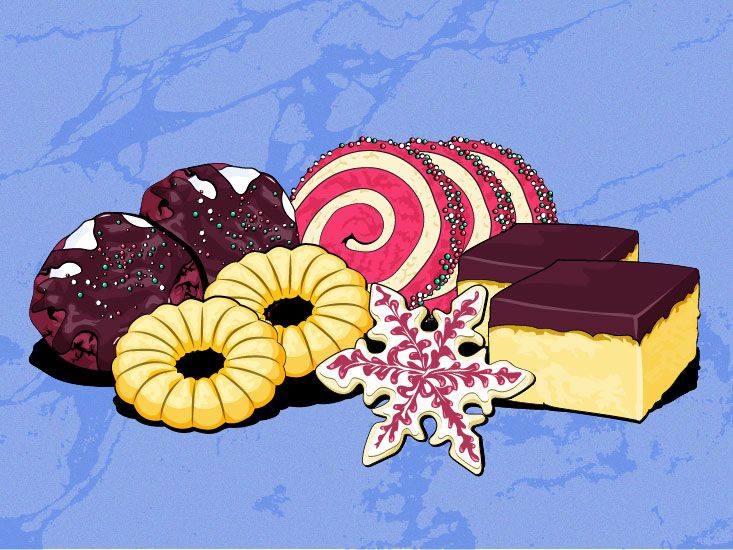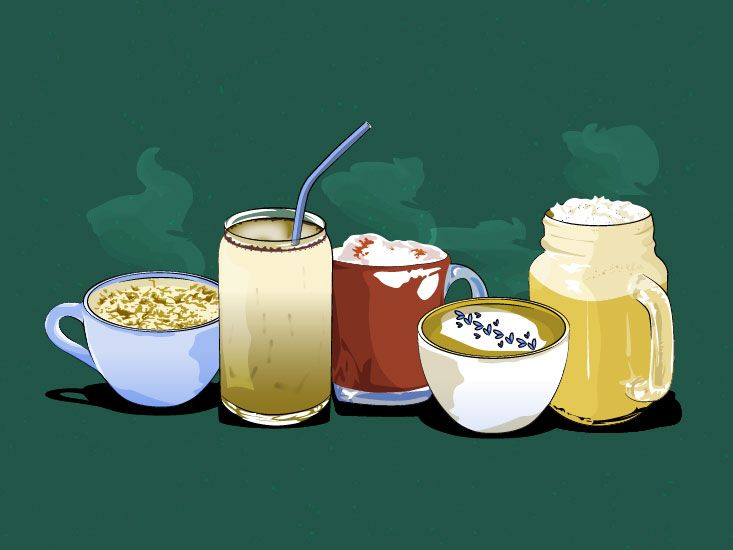
Sparkling wine: it’s the official libation of celebration. From the 18th-century French royal courts, to your sister’s wedding, and the annual New Year countdown — where there’s a milestone or holiday to commemorate, there’s always bubbly flowing and someone shouting “Pop champagne!”
For starters, let’s clear something up: Champagne is a wine region in France that makes sparkling wine; it’s not a blanket term for all sparkling wine as a category.
Champagne is only one kind of bubbly (and often the most expensive). But with so many delicious options out there — most of which won’t run you $200 like a bottle of Krug — people are starting to realize that the fizz need not be reserved for special occasions.
Popping bubbly on a Tuesday, simply because you feel like and it pairs well with dinner, is reason enough. Let’s raise a toast to that and break down your options…
Only sparkling wine made with grapes from Champagne, France in the traditional method (basically, fermented in bottles) may be labeled Champagne.
Growing, harvesting, and processing standards in Champagne are rigorous, which is why this prestigious bubbly always comes with a hefty price tag.
Don’t make mimosas with real-deal Champagne; it has delicate flavors and yeasty, nutty notes that don’t care to mingle with OJ (but also, don’t taint an $80 bottle with juice). Instead, pair champers with oysters, burrata toast, flaky pastries, and one pinky in the air because dang it, you’re fancy.
Prosecco is Italy’s most popular bubbly and everyone’s brunch table staple. Made with Glera grapes, it’s produced using the tank method (fermented in a tank), which is more affordable and often creates sparkling wines with lighter, spritzier bubbles.
Prosecco is fruitier and slightly sweeter than other bubblies, which makes it the perfect base for mimosas, bellinis, and other cocktails — the flavors won’t clash with added mixers and spirits.
Hailing from Catalonia, Spain, Cava is made with three local grapes — Macabeo, Parellada, and Xarel-lo, for those wondering. It’s aged just like Champagne, but the price is right — you can snag a great bottle for under $15.
Cava can be blanco (white) or rosado (pink). It’s your drink-all-day bubbly that loves to play with all foods. It has tart acidity to cut through a greasy bacon-and-eggs breakfast, plus fresh flavors (citrus, apple, pear, minerals) to complement a green salad or Gazpacho.
Back in the day, many of California’s most famous wineries were set up by the OGs of the Champagne world, like Roederer Estate (Louis Roederer) and Domaine Carneros (Taittinger).
Today, as desire for domestic sparkling continues to grow, many other wine regions across America are making noteworthy bubbly using a variety of grapes, like Chardonnay, Pinot Noir, Riesling, and Pinot Blanc.
So whether you’re popping a bottle from Oregon or New York’s Finger Lakes, there’s no such thing as a “traditional” American sparkling wine — they’re all a little different, and that’s the beauty of it!
So, where do the bubbles come from?
Sparkling wine may be easy to drink, but it’s complex to make since it undergoes two fermentations: one to make the wine and a second to create the bubbles. These are the two main methods used in bubbly production around the world:
Traditional method (aka Méthode Champenoise): This is the classic fermentation method started by the French in Champagne. Wine goes from still to sparkling (with added yeast and sugar) right inside of the bottle, then is left to age to create a more interesting bubbly. Some argue this method creates the highest quality bubblies, but it’s also costly.
Tank method (aka Charmat Method): Technological advancements in the winemaking industry developed this more affordable option. The wines undergo their second fermentation to make bubbles (again, with added sugar and yeast) in a large tank, and are then bottled without aging. The final bubblies are often said to have fresher flavors.
Trentodoc is Italy’s more elegant sparkling wine, grown in the high altitudes of the Italian Alps and made using the traditional method.
It has a fuller body and more richness than Prosecco, with crisp acidity and refreshing mineral notes — meaning, it belongs at the dinner table alongside a full-blown Italian meal of pasta all’Amatriciana or eggplant Parmesan.
In addition to Champagne, France is home to 22 other sparkling wine regions, eight of which produce delicious Crémants. This sparkling wine is made using the traditional method, but every region uses different grape varieties, giving each Crémant a unique flavor (and more economical price tag).
Generally, Crémants have high acidity and yeasty flavors, so if you’re enjoying one with food, balance the acidity with something fatty (like a goat cheese omelet) and match the yeasty flavors with a crusty slice of bread.
The Germans may be best known for their beer, but they also produce sparkling wine called Sekt that many people don’t know about — but should, because it’s delicious.
Unlike most other fizzies, Sekt is made from Riesling, creating a sparkling wine that’s bursting with freshness, ripe fruit, and zingy acidity. It also has a lower alcohol content (about 6 percent vs. the usual 12.5 to 13.5 percent).
Sekt is often sweet, making it the ultimate dessert wine to serve alongside cinnamon cookies and an array of soft, mild cheeses (like Brie or chèvre).
Brooke Sager is a freelance writer who shares her musings on wine, wellness, beauty, relationships, and all-things lifestyle.



